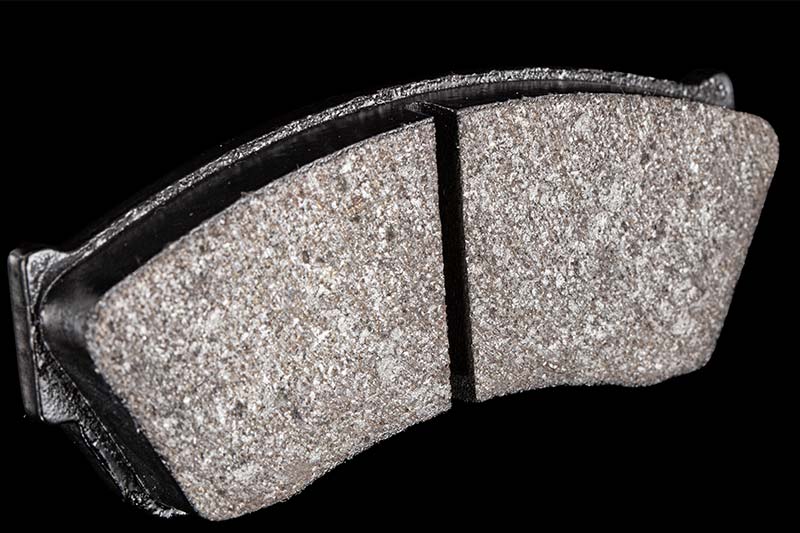Brake pads are an important part of your car or truck. They help your vehicle stop safely. Have you ever wondered how brake pads are made? In this post, we will take you inside our factory to show you how we make brake pads.
Step 1: Choosing the Right Materials
The first step in making brake pads is choosing the right materials. Brake pads are made from different materials, depending on their use. The most common materials are:
- Ceramic: Quiet and produces less dust. Good for everyday driving.
- Semi-metallic: Strong and durable. Good for heavy-duty vehicles like trucks.
- Organic: Eco-friendly and affordable. Good for light vehicles.
We select the best materials for each type of brake pad.
Step 2: Mixing the Materials
Once the materials are chosen, they are mixed together. This is done in a large machine called a mixer. The mixer combines the materials evenly.
- Why mixing is important: Even mixing ensures the brake pads have the same quality and performance.
- How it works: The machine spins the materials until they are fully combined.
After mixing, the material is ready for the next step.
Step 3: Pressing the Mixture
The mixed material is then pressed into the shape of a brake pad. This is done using a hydraulic press.
- How it works: The material is placed in a mold, and the press applies pressure to shape it.
- Why pressing is important: It creates a solid and uniform brake pad.
After pressing, the brake pads are still soft and need to be hardened.
Step 4: Heating the Brake Pads
The pressed brake pads are heated in an oven. This process is called curing.
- How it works: The brake pads are placed in an oven and heated to a high temperature.
- Why heating is important: It makes the brake pads hard and durable.
After heating, the brake pads are strong enough to use.
Step 5: Adding the Backing Plate
The brake pad needs a backing plate. The backing plate is a piece of metal that holds the brake pad in place.
- How it works: The backing plate is attached to the brake pad using strong glue or rivets.
- Why the backing plate is important: It provides support and helps the brake pad stay in place.
After this step, the brake pad looks almost finished.
Step 6: Grinding and Shaping
The brake pads are then ground and shaped to fit perfectly. This is done using grinding machines.
- How it works: The machines remove extra material and shape the brake pads to the correct size.
- Why grinding is important: It ensures the brake pads fit the vehicle’s braking system.
After grinding, the brake pads are smooth and ready for the next step.
Step 7: Applying the Friction Surface
The friction surface is the part of the brake pad that touches the rotor. This surface is treated to improve performance.
- How it works: The friction surface is coated or treated with special materials.
- Why this step is important: It helps the brake pads stop the vehicle smoothly and quietly.
After this step, the brake pads are almost ready to use.
Step 8: Quality Control
Every brake pad is checked for quality. This is done to make sure the brake pads are safe and reliable.
- What we check:
- Size and shape
- Strength and durability
- Performance and safety
- Why quality control is important: It ensures that every brake pad meets our standards.
If a brake pad doesn’t pass the checks, it is fixed or discarded.
Step 9: Packaging and Shipping
The final step is packaging and shipping. The brake pads are packed in boxes and sent to customers.
- How it works: The brake pads are placed in protective packaging to prevent damage.
- Why packaging is important: It keeps the brake pads safe during shipping.
After packaging, the brake pads are ready to be shipped to customers around the world.
Why Our Factory Stands Out
Our factory is different because we focus on quality and efficiency. Here’s what makes us stand out:
- Advanced machines: We use modern machines to make brake pads faster and better.
- Skilled workers: Our team is trained and experienced in making brake pads.
- Strict quality control: We check every brake pad to ensure it meets our standards.
- Eco-friendly practices: We recycle materials and reduce waste in our factory.
Conclusion
Making brake pads is a detailed process. It involves choosing the right materials, mixing, pressing, heating, and more. At our factory, we follow every step carefully to make sure our brake pads are safe and reliable.
Next time you use your car or truck, remember the work that goes into making the brake pads that keep you safe.



